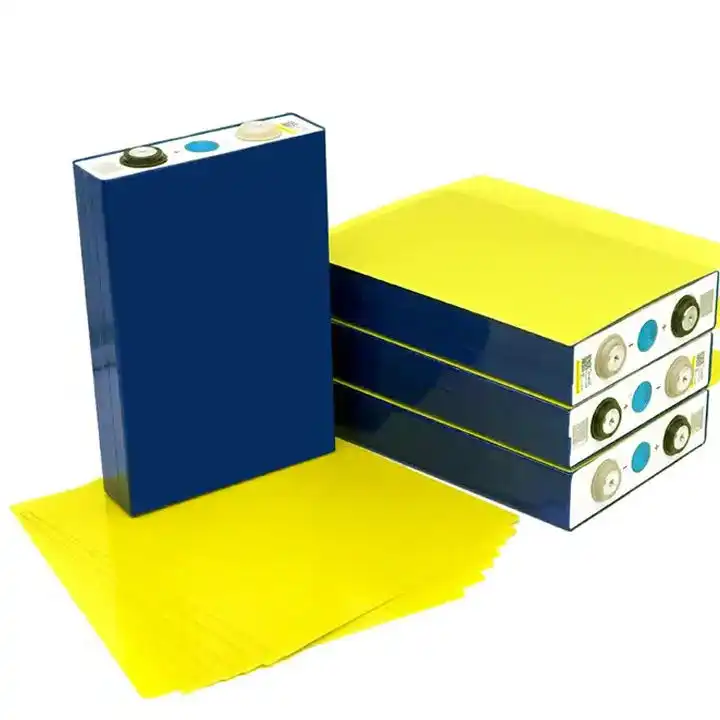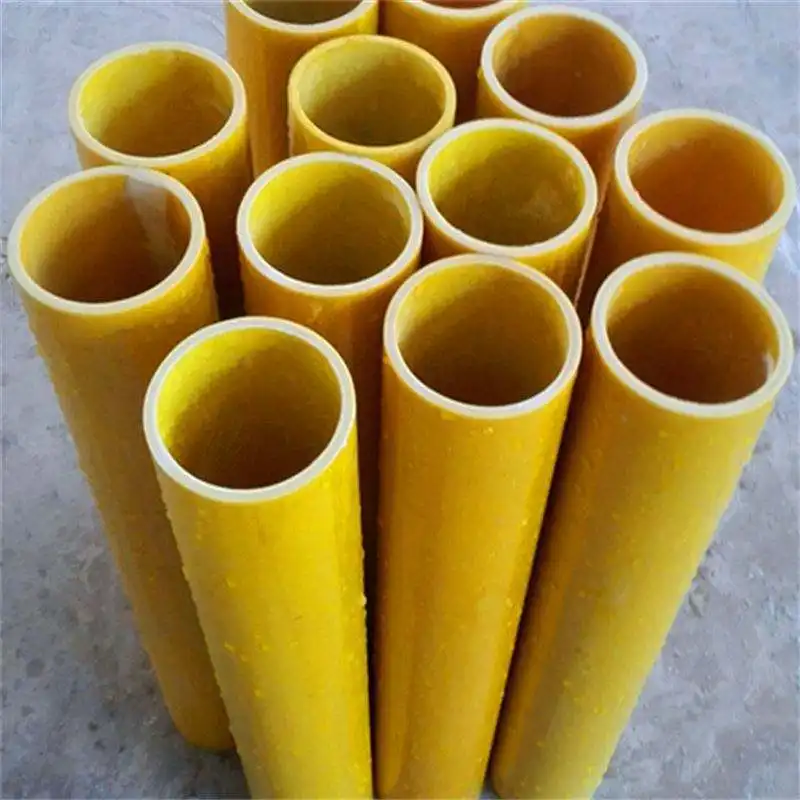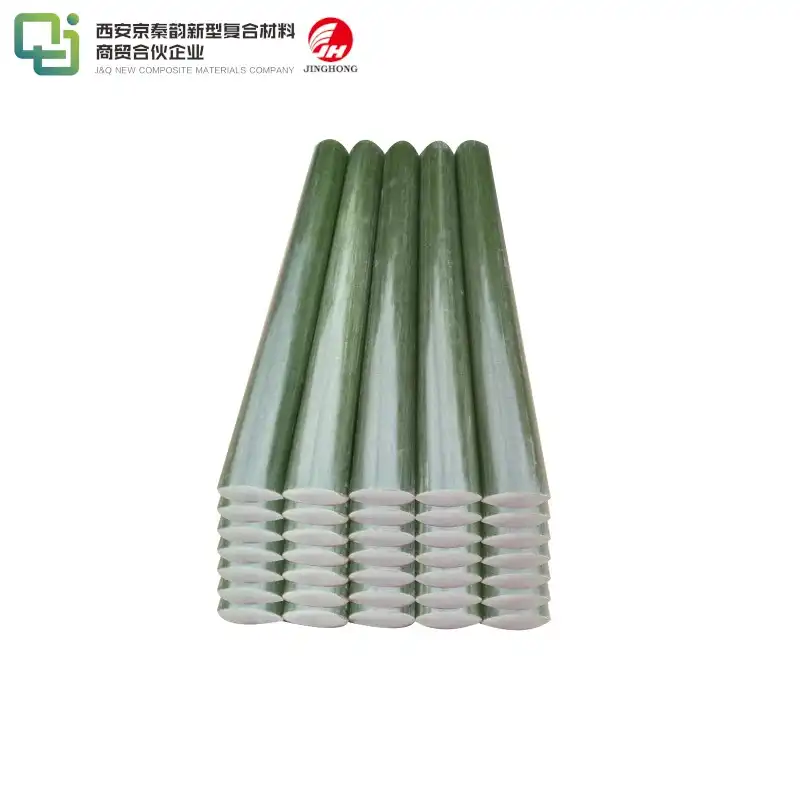The insulation performance of insulating materials has a close relationship with temperature.
2025-01-09 17:14:21
The insulation performance of insulating materials is intricately linked to temperature, playing a pivotal role in their effectiveness across various applications. As temperature fluctuates, the thermal conductivity of insulating materials can change significantly, impacting their ability to resist heat flow. This temperature-dependent behavior is crucial for engineers and designers when selecting appropriate insulation for specific environments. Understanding this relationship allows for optimal insulation system design, ensuring energy efficiency and thermal comfort in buildings, industrial processes, and numerous other scenarios where maintaining desired temperatures is paramount.
The Fundamentals of Insulation and Temperature Correlation
Thermal Conductivity: The Core of Insulation Performance
Thermal conductivity is the primary measure of an insulating material's effectiveness. It quantifies the rate at which heat transfers through a material. As temperature changes, so does the thermal conductivity of most insulating materials. This phenomenon occurs due to various mechanisms at the molecular level, including increased molecular vibrations and enhanced radiative heat transfer at higher temperatures.
Temperature Ranges and Insulation Efficacy
Different insulating materials exhibit varying performance characteristics across temperature ranges. Some materials maintain consistent insulation properties over a wide temperature span, while others show significant changes. For instance, fiberglass insulation tends to perform better at lower temperatures, whereas ceramic fiber insulation excels in high-temperature applications. Understanding these temperature-dependent properties is crucial for selecting the appropriate insulation for specific use cases.
The Impact of Extreme Temperatures on Insulation
Extreme temperatures, both hot and cold, can dramatically affect insulation performance. In cryogenic applications, insulation materials like aerogels and vacuum insulated panels become indispensable due to their exceptional low-temperature insulation properties. Conversely, in high-temperature scenarios such as industrial furnaces, refractory materials and advanced ceramics are essential for maintaining thermal barriers. The ability of insulation to withstand these extreme conditions without degradation is a critical factor in material selection.
Innovative Insulation Technologies Addressing Temperature Challenges
Phase Change Materials: Dynamic Thermal Management
Phase change materials (PCMs) represent a cutting-edge approach to temperature-responsive insulation. These materials absorb or release heat as they change phase, typically between solid and liquid states. By incorporating PCMs into insulation systems, it's possible to create dynamic thermal barriers that adapt to temperature fluctuations, providing enhanced energy efficiency and thermal comfort in buildings and other applications.
Nanotechnology in Insulation: Enhancing Temperature Resistance
Advancements in nanotechnology have led to the development of novel insulating materials with superior temperature-resistant properties. Nanostructured materials, such as aerogels and nanofoams, offer exceptionally low thermal conductivity across a wide temperature range. These materials leverage nanoscale structures to minimize heat transfer through conduction, convection, and radiation, making them ideal for applications requiring high-performance insulation in extreme temperature environments.
Smart Insulation Systems: Adaptive Thermal Management
The integration of smart technologies with insulation materials has given rise to adaptive thermal management systems. These innovative solutions utilize sensors, actuators, and control algorithms to dynamically adjust insulation properties based on temperature conditions. Smart insulation systems can optimize energy efficiency by actively responding to changing thermal loads, making them particularly valuable in applications with variable temperature requirements, such as building envelopes and industrial processes.

Optimizing Insulation Performance Across Temperature Ranges
Multi-Layer Insulation Systems: Tailored Temperature Solutions
To address the challenges posed by varying temperature conditions, multi-layer insulation systems have become increasingly popular. These systems combine different insulating materials, each optimized for specific temperature ranges or thermal properties. By strategically layering materials with complementary characteristics, it's possible to create insulation solutions that maintain high performance across a broad temperature spectrum. This approach is particularly effective in aerospace applications, where insulation must function efficiently from cryogenic to extremely high temperatures.
Temperature-Resistant Coatings and Treatments
Enhancing the temperature resistance of insulating materials often involves the application of specialized coatings or treatments. These additions can significantly improve the material's ability to withstand extreme temperatures without degradation. For example, ceramic coatings can protect underlying insulation from high-temperature environments, while hydrophobic treatments can preserve insulation performance in moisture-prone conditions across various temperatures. These enhancements extend the operational range and lifespan of insulation systems in challenging thermal environments.
Computational Modeling for Insulation Optimization
Advanced computational modeling techniques play a crucial role in optimizing insulation performance across temperature ranges. Finite element analysis and thermal modeling software allow engineers to simulate the behavior of insulating materials under various temperature conditions. These tools enable the prediction of thermal gradients, heat flux, and potential weak points in insulation systems. By leveraging computational modeling, designers can refine insulation strategies, select appropriate materials, and optimize system configurations to ensure optimal performance across the entire operational temperature range of a given application.
Conclusion
The intricate relationship between insulation performance and temperature underscores the importance of thoughtful material selection and system design in thermal management applications. As technology advances, innovative solutions continue to emerge, offering enhanced insulation capabilities across diverse temperature ranges. By understanding the temperature-dependent behavior of insulating materials and leveraging cutting-edge technologies, engineers and designers can create more efficient, resilient, and adaptive thermal management solutions. This knowledge not only improves energy efficiency and thermal comfort but also opens new possibilities for insulation applications in extreme environments and emerging technologies.
Contact Us
For more information about our insulating sheet products (FR4 sheet,3240 epoxy sheet,bakelite board,phenolic cotton sheet)and how they can meet your specific temperature-related insulation needs, please contact us at info@jhd-material.com. Our team of experts is ready to assist you in finding the optimal insulation solution for your project.
References
1. Jelle, B. P. (2011). Traditional, state-of-the-art and future thermal building insulation materials and solutions - Properties, requirements and possibilities. Energy and Buildings, 43(10), 2549-2563.
2. Berardi, U., & Naldi, M. (2017). The impact of the temperature dependent thermal conductivity of insulating materials on the effective building envelope performance. Energy and Buildings, 144, 262-275.
3. Cuce, E., Cuce, P. M., Wood, C. J., & Riffat, S. B. (2014). Toward aerogel based thermal superinsulation in buildings: A comprehensive review. Renewable and Sustainable Energy Reviews, 34, 273-299.
4. Kalnæs, S. E., & Jelle, B. P. (2015). Phase change materials and products for building applications: A state-of-the-art review and future research opportunities. Energy and Buildings, 94, 150-176.
5. Baetens, R., Jelle, B. P., & Gustavsen, A. (2011). Aerogel insulation for building applications: A state-of-the-art review. Energy and Buildings, 43(4), 761-769.
6. Arıcı, M., Karabay, H., & Kan, M. (2015). Flow and heat transfer in double, triple and quadruple pane windows. Energy and Buildings, 86, 394-402.







